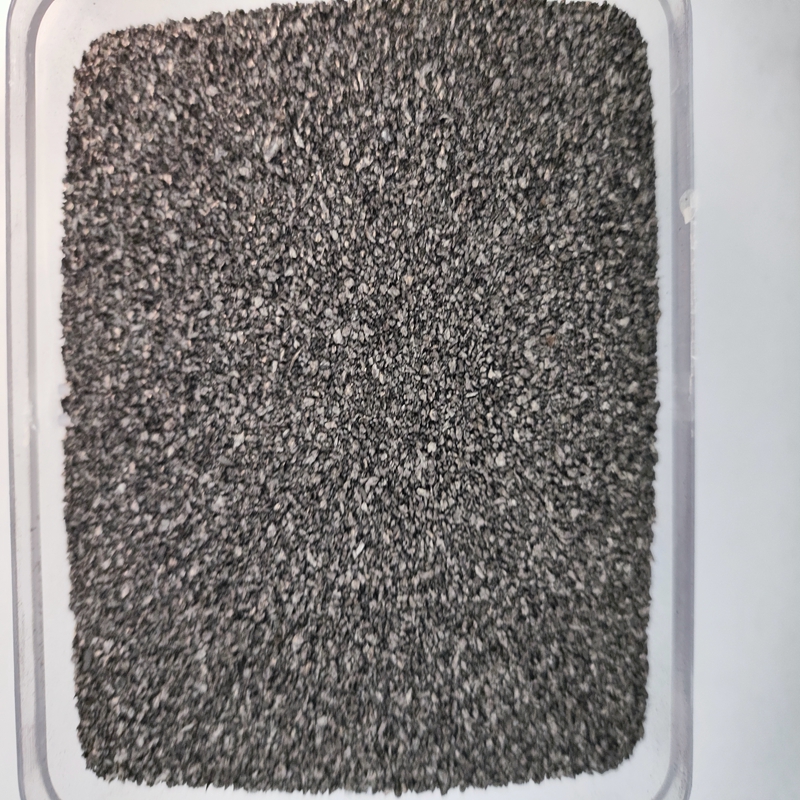Jul . 20, 2024 11:51 Back to list
Exploring the Latest Innovations in China's Refractory Materials Industry and Their Global Impact
The Importance of Refractory Materials in China's Industry
Refractory materials play a vital role in various industrial processes, particularly in high-temperature applications. In China, the production and application of refractory materials have gained significant attention due to the rapid development of its manufacturing and construction sectors. This article explores the relevance of refractory materials in China, their classifications, and the future potential of this industry.
Refractory materials are substances that can withstand extremely high temperatures without melting or deforming. They are essential in industries such as metal production, ceramics, and glass manufacturing, where extreme heat is a critical component of the processes involved. In China, these materials are particularly crucial due to the country’s status as a global leader in steel production and various other heavy industries.
Classification of Refractory Materials
Refractory materials can be broadly classified into three categories acidic, basic, and neutral refractories. Acidic refractories, such as silica and fireclay, are characterized by their resistance to acidic slags. Basic refractories, including magnesite and dolomite, are designed to withstand basic slags. Neutral refractories, such as alumina and chromite, offer versatility in different high-temperature environments.
In China, the most widely used refractory materials are alumina-based. These materials are favored for their excellent thermal stability and mechanical strength. With the increasing demand for high-quality refractories, Chinese manufacturers are continually innovating and improving their production techniques. Their focus is not only on enhancing the properties of these materials but also on developing environmentally friendly processes that align with the nation’s sustainable development goals.
The Growth of the Refractory Industry in China
china refractories material

The growth of the refractory industry in China has been propelled by the country’s extensive investment in infrastructure and industrial development. As urbanization continues, there is an ever-increasing demand for steel, cement, and other materials that require refractory linings. The iron and steel sector, in particular, remains the largest consumer of refractory products, accounting for a significant portion of overall consumption in the industry.
Moreover, China’s push towards technological advancement and mechanization has led to an increased requirement for high-performance ceramics and refractories. As industries modernize, there is a greater emphasis on efficiency and productivity, which in turn drives the demand for advanced refractory solutions capable of withstanding more extreme conditions.
Environmental Considerations and Future Trends
With heightened awareness regarding environmental issues, the refractory industry in China faces challenges and opportunities. The production of traditional refractory materials can be resource-intensive and produce significant waste. Consequently, there is a growing emphasis on recycling and reusing refractory materials, as well as developing alternative, more sustainable raw materials.
Research and development efforts are focusing on the formation of eco-friendly refractories using waste materials. Innovations in nanotechnology and advanced composites are also opening new avenues for improving performance while minimizing the environmental footprint.
Conclusion
As China continues to grow as a manufacturing powerhouse, the importance of refractory materials cannot be overstated. They are integral to various high-temperature industrial processes, making them indispensable in sectors ranging from metals to ceramics. The future of the refractory industry in China looks promising, with ongoing innovations aimed at increasing efficiency and sustainability. In this dynamic landscape, the focus on developing advanced materials and eco-friendly practices will likely shape the industry for years to come, emphasizing its critical role in China's continued industrial success.
-
Eco-Friendly Granule Covering Agent | Dust & Caking Control
NewsAug.06,2025
-
Fe-C Composite Pellets for BOF: High-Efficiency & Cost-Saving
NewsAug.05,2025
-
Premium Tundish Covering Agents Exporters | High Purity
NewsAug.04,2025
-
Fe-C Composite Pellets for BOF | Efficient & Economical
NewsAug.03,2025
-
Top Tundish Covering Agent Exporters | Premium Quality Solutions
NewsAug.02,2025
-
First Bauxite Exporters | AI-Optimized Supply
NewsAug.01,2025
